The End of an Era: A Comprehensive Look at Pope Francis’s Death and the Path to His Successor
Pope Francis, the first Latin American head of the Roman Catholic Church, passed away on Easter Monday, aged 88, following a stroke that led to irreversible heart failure. The Vatican announced his death less than 24 hours after he delivered an Easter Sunday address before thousands gathered in St Peter’s Square – a poignant final public appearance. His tenure marked a significant shift within the Church, characterized by calls for social justice, engagement with secular society, and a reformist approach to traditional doctrines.
The funeral will take place on Saturday, April 26th, at 10:00 local time (9:00 BST) in St Peter’s Basilica. Notably, Francis requested a simple wooden casket lined with zinc for his burial – a departure from the elaborate three-layered caskets traditionally used by predecessors. He will be laid to rest in the Basilica of St Mary Major in Rome, reflecting his desire for a less ostentatious farewell.
Immediately following the announcement, Cardinal Kevin Farrell, Ireland-American and currently serving as the Camerlengo – the official representative of the Pope – took charge of the Vatican administration. The role of the Camerlengo is multifaceted, encompassing confirming the death, securing the Pope’s residence (including locking and sealing it), destroying personal effects like the ring and lead seal used for authentication, and most crucially, organizing the conclave to elect a new Pope.
The College of Cardinals, comprised of 252 men appointed by the previous Pope, will be responsible for electing Francis’ successor. However, only 135 cardinals are eligible to vote due to age restrictions – those over 80 can participate in debate but not casting ballots. Tradition dictates a 15-day mourning period before the conclave begins, though Francis altered this rule in 2013 to expedite the process. The election takes place within the Sistine Chapel in strict secrecy, with voting conducted in private booths and ballots burned in a chimney to produce smoke signals: black indicates failure, while white signifies a new Pope.
The new Pope emerges when he receives at least 90 votes. Historically, conclaves have spanned weeks or even months, with instances of death occurring amongst the cardinals. The senior cardinal then announces ‘Habemus Papam’ – “We have a Pope” – introducing the new pontiff by his chosen papal name, which may differ from his birth name (as exemplified by Francis’s choice of ‘Bergoglio’ over ‘Jorge Mario’).
Historically, the Cardinals tend to favour candidates from Europe and Italy. However, Francis’s appointment as Pope in 2013 signaled a shift towards selecting leaders from other regions, particularly South America, which accounts for roughly 28% of the world’s Catholic population. His successors are likely to continue this trend.
The process is further complicated by Vatican protocols – cardinals are cut off from outside communication, sleeping in the Casa Santa Marta guesthouse within the Vatican complex and denied access to media or internet. The entire election process takes place under intense scrutiny, both within the Vatican walls and globally, as millions await the selection of the next leader of the Catholic Church.
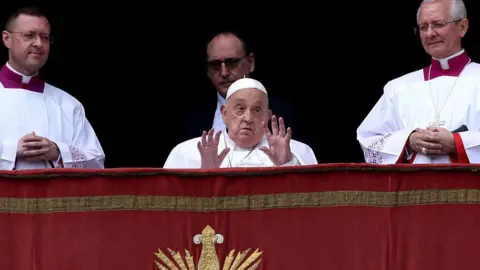

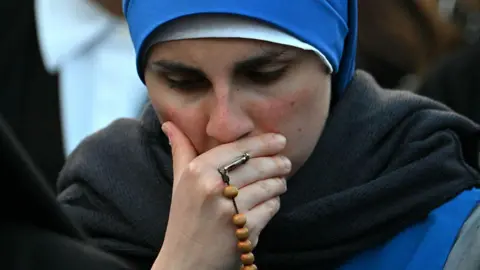
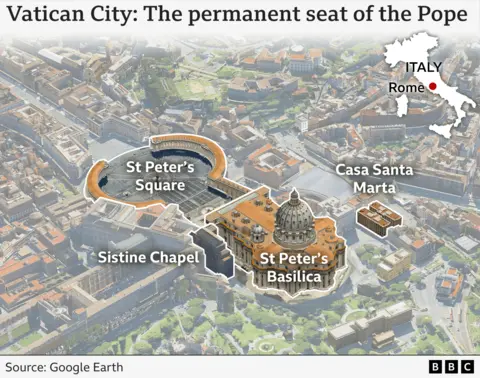
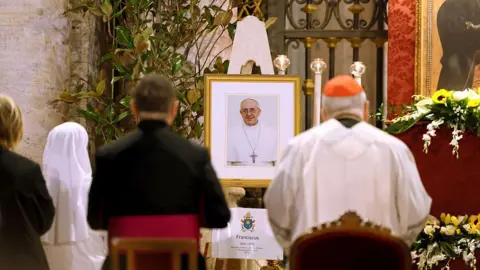
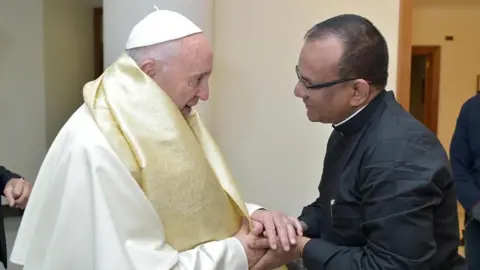
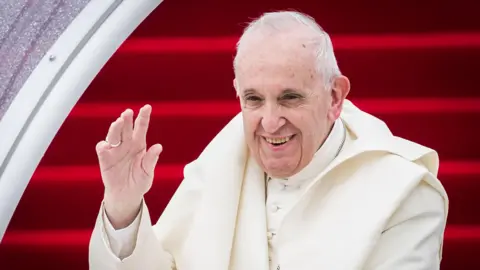

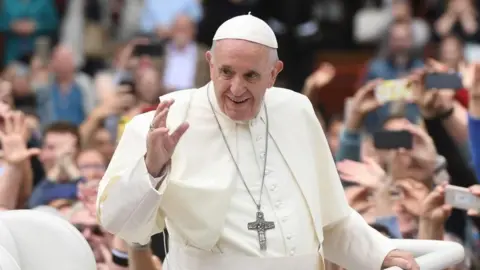
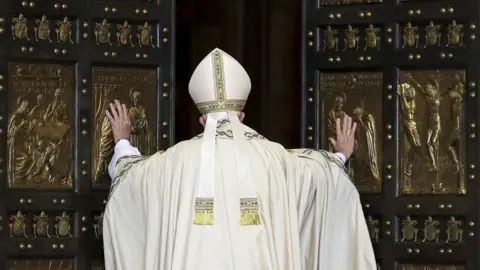

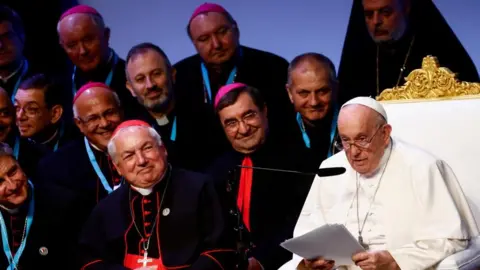
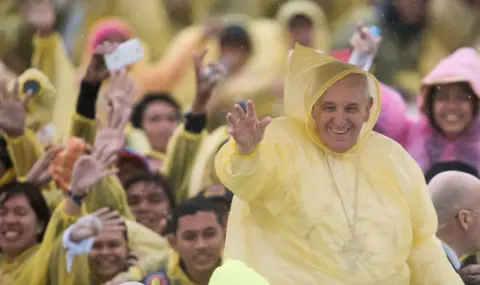
Post Comment